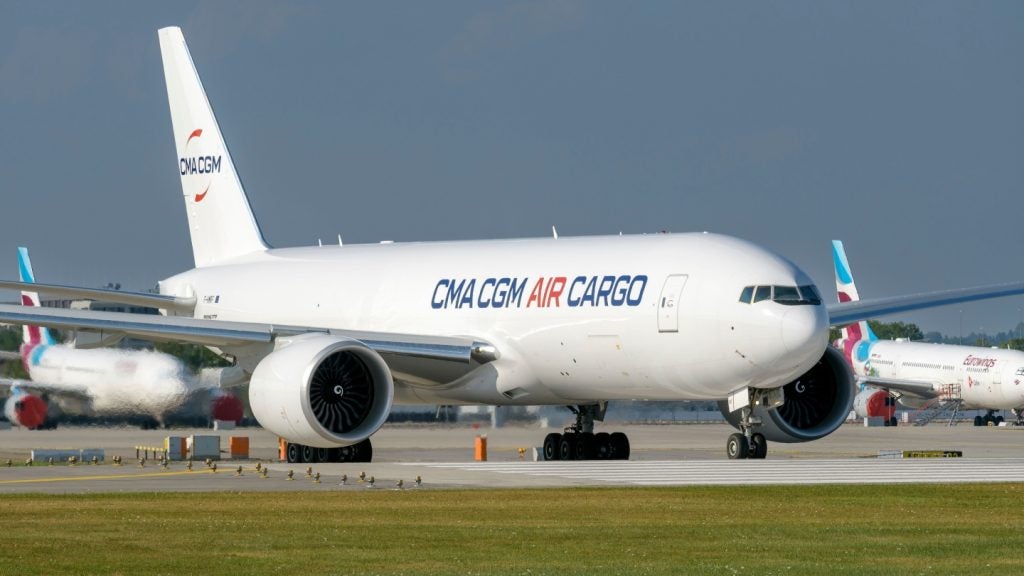Air traffic management and control primarily involves the control of traffic in and around airports, airport terminals and airspace.
Air traffic services
Air traffic controllers that work from air traffic control (ATC) towers are responsible for ensuring a safe distance between all aircraft, both in the air and on the ground, to prevent accidents.
Top air traffic management companies and air traffic control system suppliers
Airport Technology has listed the leading contractors and suppliers of air traffic management and ATC systems based on its experience in the aerospace and aviation sector. The list includes suppliers of air traffic control systems, navigation and management systems, ATC tower systems and equipment, communication and surveillance systems, air traffic control system design, radar surveillance systems, and holographic radars.
Also listed are providers of ATC training simulators, air traffic management training and consulting services, air navigation software solutions, and headsets and audio devices.
The information contained within the download document is designed for air traffic control project designers, managers, engineers and specialists; and air traffic management instructors.
The download contains detailed information on the suppliers and their product lines, as well as contact details to help with purchasing decisions.
Air traffic control technology and systems
Air traffic controllers prevent collisions and maintain an orderly flow of air traffic. The commonly used technologies and systems in air traffic management and control include:
- Surface movement and surveillance radars
- Holographic radar
- Navigation and surveillance systems
- Voice communication control systems
- Ultra-high frequency (UHF) and very high frequency (VHF) communication systems
- Flight data information display equipment
- Radio modems and transceivers
- Collision avoidance systems
- Noise monitoring systems
- Meteorological sensors and displays
- Airfield lighting control and monitoring
- Training management software
Digital air traffic control systems
Automation and digital technologies are increasingly being deployed in air traffic control and management. High-definition (HD) cameras, automatic surveillance-broadcast (ADS-B) technology and remote sensing technologies are paving the way for unmanned or autonomous digital towers.
Air traffic control system design
With these technologies, remote centralised air control centres can receive images from camera masts and offer a comprehensive view of the airfield to provide improved awareness for controllers. Digital tower technologies offer increased operational efficiency, safety and flexibility; enhance productivity due to centralised operations; and reduce the maintenance needs of systems and equipment.





